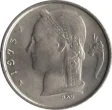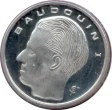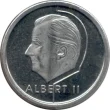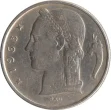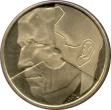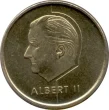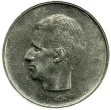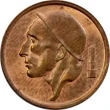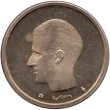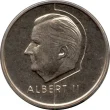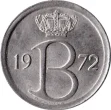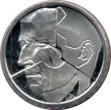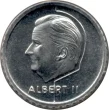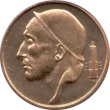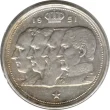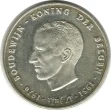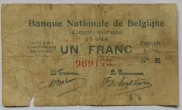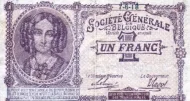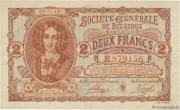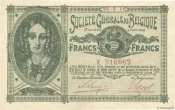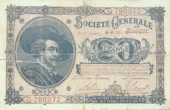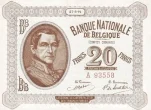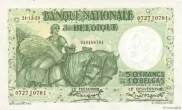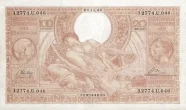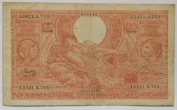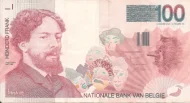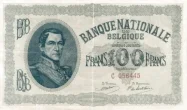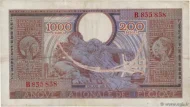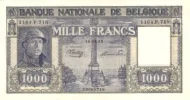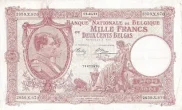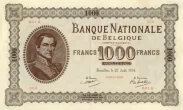Exchange your Belgian Francs
Do you have leftover Belgian Francs? Although Belgium now uses the Euro, you can still exchange old Belgian Franc coins and banknotes with our fast and convenient service. Don’t let your unused Belgian Francs sit idle – convert them into spendable money today.
BEF
The Belgian Franc was replaced by the Euro in 2002, but it remains a nostalgic symbol of Belgium’s economic history.
Belgian Francs Information
The Belgian Franc (BEF) was the official currency of Belgium until it was replaced by the Euro in 2002. The franc had been in use in Belgium for more than 150 years and had seen the country through various historical and economic changes. It was originally introduced in 1832 following Belgium’s independence from the Netherlands in 1830. The Belgian Franc was modelled after the French franc and quickly became a symbol of Belgium’s newfound sovereignty.
The franc was divided into 100 centimes, and Belgium issued both coins and banknotes in a variety of denominations over the years. Coins were minted in values ranging from 1 centime to 100 francs, while banknotes were printed in denominations as high as 10,000 francs. The designs of Belgian Franc banknotes often featured historical figures, national landmarks, and important cultural symbols that represented Belgium’s rich heritage.
During the 20th century, the Belgian Franc underwent significant changes, particularly during the two World Wars. After World War I, Belgium, like many European nations, faced economic hardships, including inflation and currency devaluation. The situation worsened during World War II when Belgium was occupied by Nazi Germany. The Belgian Franc was replaced by the Reichsmark during the occupation, but after the war, Belgium reintroduced the franc and initiated economic recovery efforts to stabilize its currency.
Post-war Belgium saw a period of economic growth, known as the Belgian economic miracle, during the 1950s and 1960s. The Belgian Franc benefited from this period of stability, becoming one of the more stable currencies in Europe. Belgium’s strong industrial base, which included coal mining, steel production, and manufacturing, contributed to the franc’s stability.
By the 1970s, however, Belgium, like many other countries, began to experience inflationary pressures, which impacted the value of the franc. Despite these challenges, the Belgian Franc remained an important part of the country’s financial system until the introduction of the Euro.
Belgium was one of the founding members of the European Union and a strong advocate for European integration. In 1999, the Euro was introduced as a virtual currency for electronic transactions, and by 2002, the Euro replaced the Belgian Franc as the official currency of Belgium. The fixed exchange rate was set at 40.3399 BEF to 1 Euro. While the Belgian Franc is no longer in circulation, many Belgians remember it fondly as a symbol of their country’s independence and economic growth.
Today, Belgian Franc banknotes and coins can still be exchanged for Euros at the National Bank of Belgium. Collectors also seek out rare and historic Belgian Francs, making them valuable for numismatic purposes.
In summary, the Belgian Franc played a crucial role in Belgium’s economic history for more than a century and a half. Although it was replaced by the Euro, it remains a symbol of Belgium’s independence and financial resilience.

